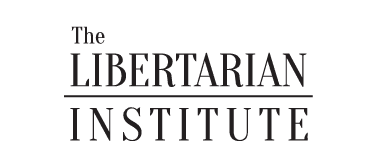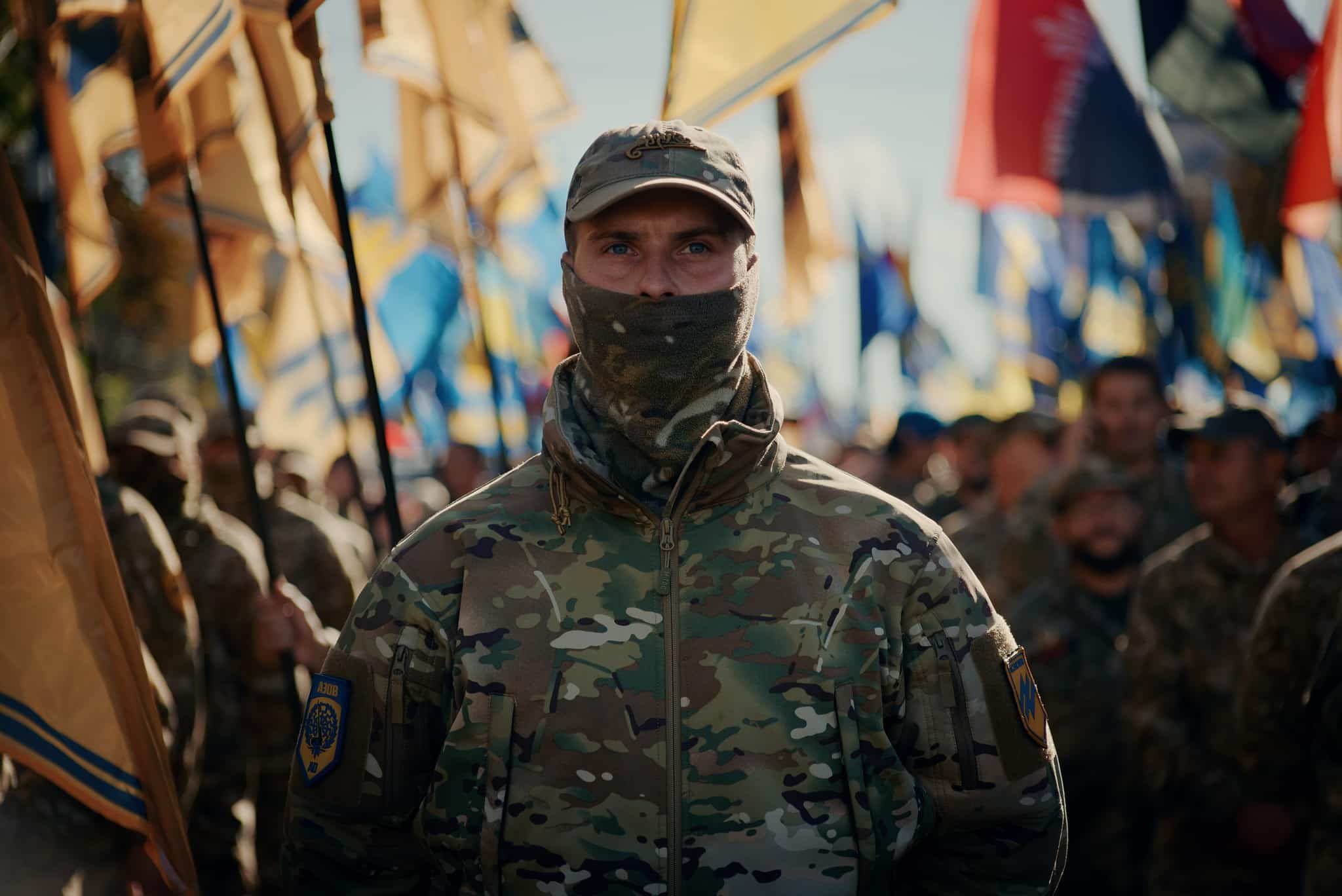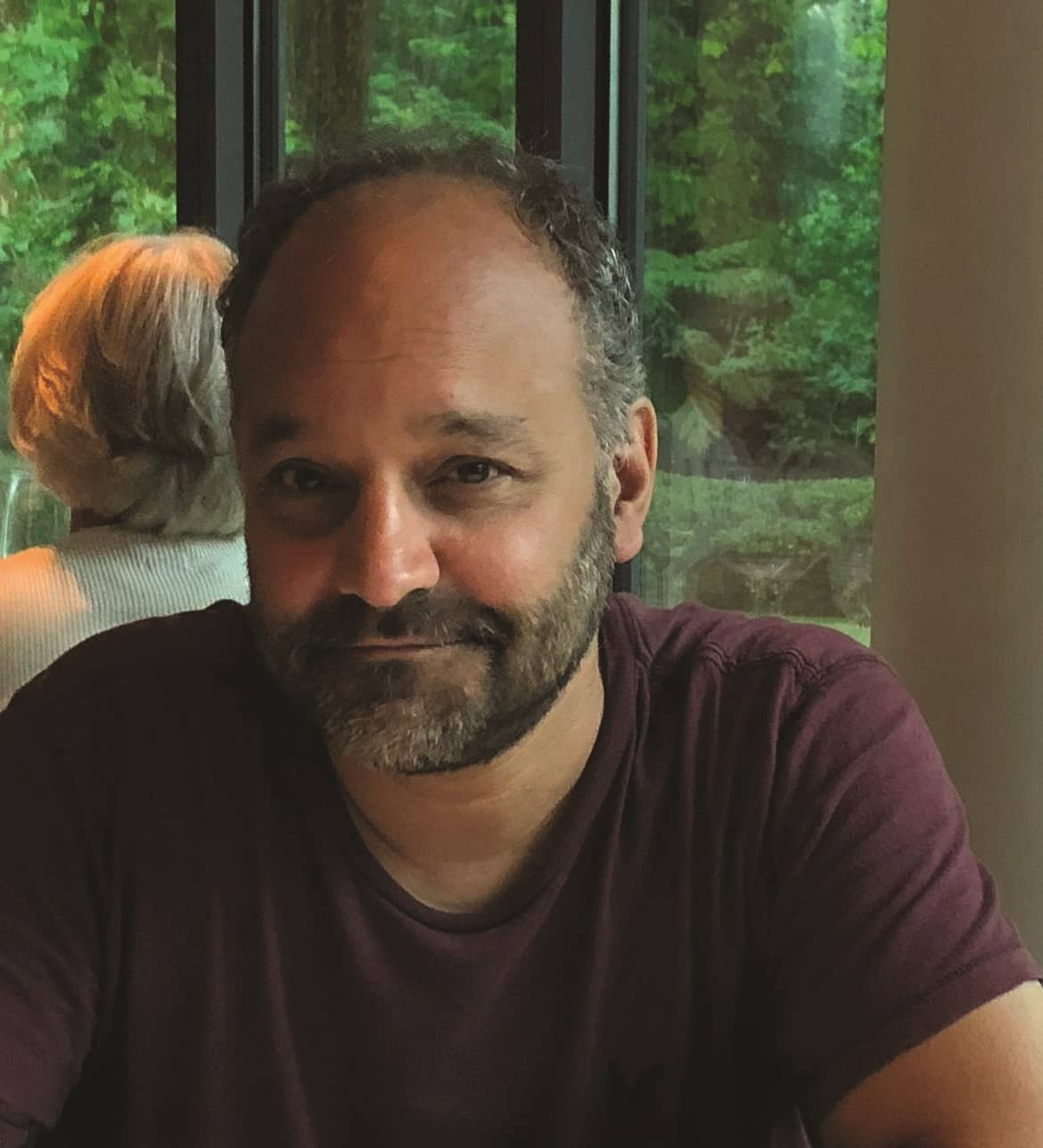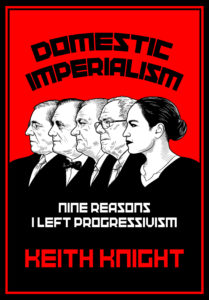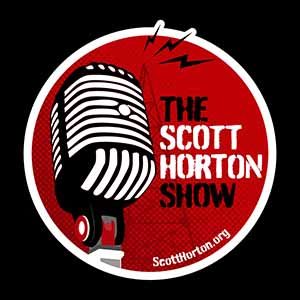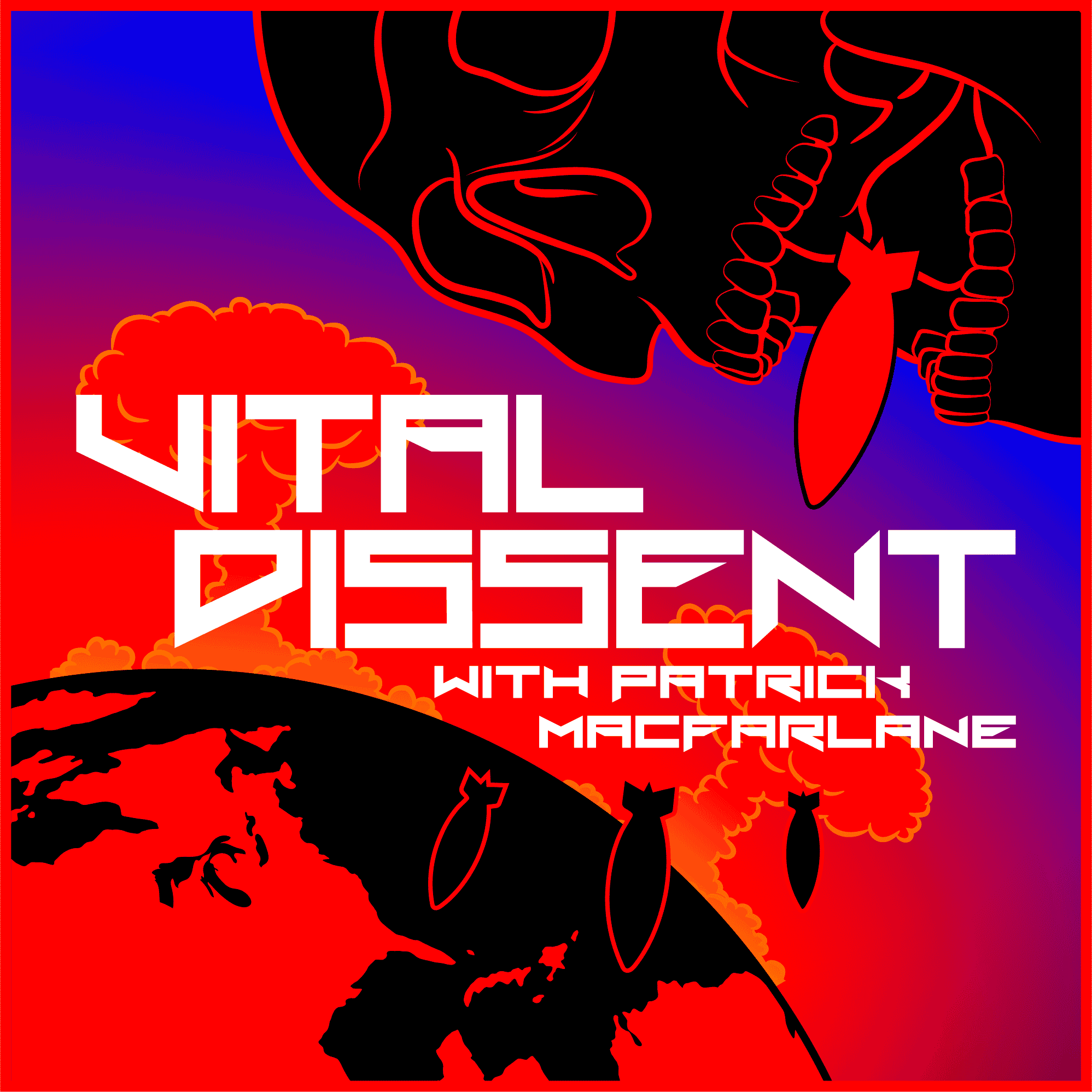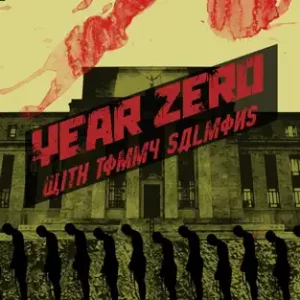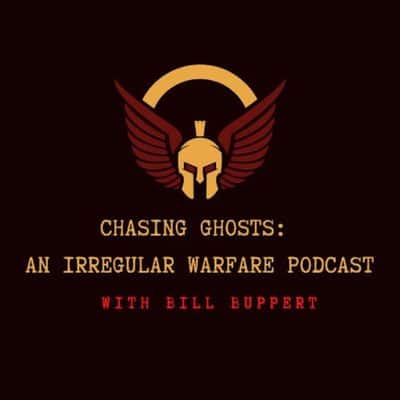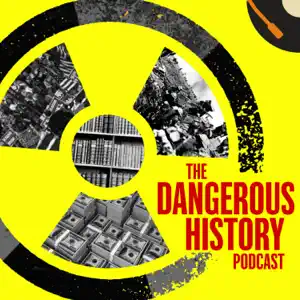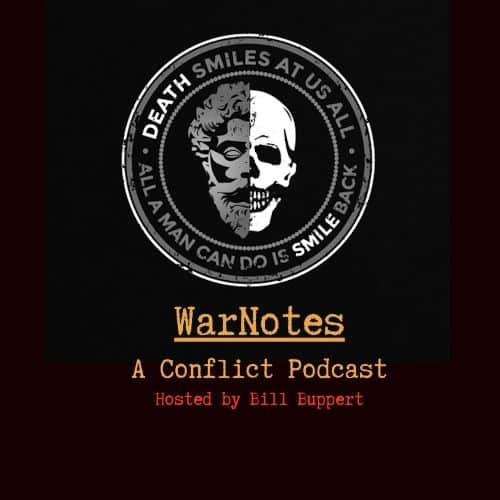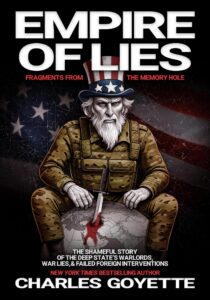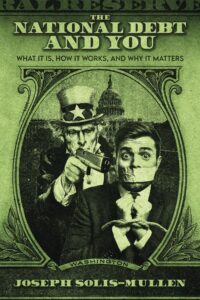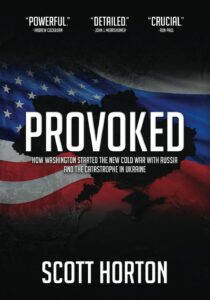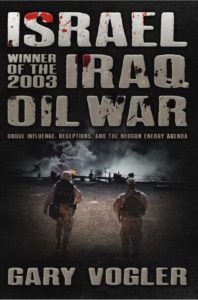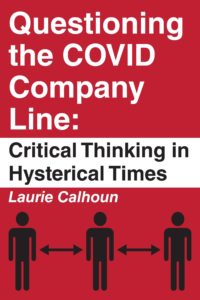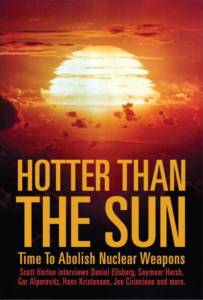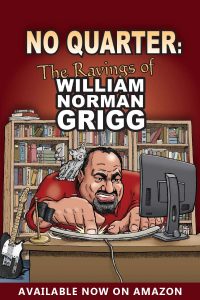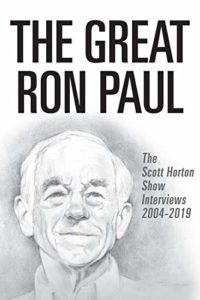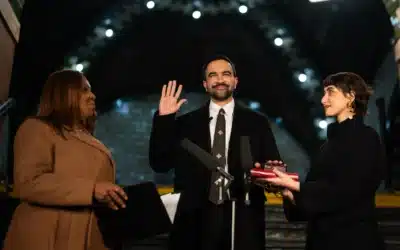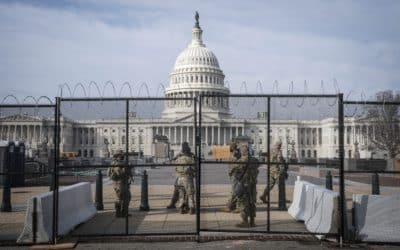While on the campaign trail, Donald Trump promised he could end the war in Ukraine within twenty-four hours of being elected and before he even arrives in office. Peace has proven more difficult. Blame has frequently shifted from Ukrainian President Volodymyr Zelensky to Russian President Vladimir Putin and back. But as a settlement has become more and more elusive, blame has begun to fall on more unusual suspects.
At the end of August, Axios reported that “[s]ome U.S. officials have begun to see European leaders as a major obstacle.” While the United States and Europe have been partners in Ukraine, White House officials have come to believe that, while “publicly supporting President Trump’s effort to end the war in Ukraine,” they are “quietly trying to undo [it] behind-the-scenes.”
These White House officials claim that European leaders are pushing Ukraine to hold out for a “better deal” and to continue to insist on “unrealistic territorial concessions by Russia.”
European officials have expressed surprise at the American position. But it is not really so surprising. Blame does not have to all be laid at one place, and it is not preposterous to lay some of it with the Europeans.
European leaders have pressed Ukraine to hold out for maximalist demands that have been left behind by reality. They continue to insist on NATO membership for Ukraine even though Trump has vetoed it, and Russia will not end the war until that demand is laid to rest. Even the Joe Biden administration and European nations themselves have been reluctant to open the door to NATO membership wider than rhetoric. Ukraine, too, has quietly accepted this.
European leaders have continued to insist on Article 5-like security guarantees enforced by European troops on Ukrainian soil and backed by American force. But there are three problems with this position. Russia went to war, not only to keep Ukraine out of NATO, but to keep NATO out of Ukraine. Though Russia has not refused security guarantees, it has consistently refused this version of a security guarantee. At the end of August, Moscow was still explaining that “at the very beginning, it was the advancement of NATO military infrastructure and the infiltration of this military infrastructure into Ukraine that could probably be named among the root causes of the conflict situation that arose. So we have a negative attitude towards these discussions.” The second is that Washington has ruled out troops on the ground and the military backstop that that Europe has conceded its plan cannot work without. The third is that some of Europe is unwilling to put boots on the ground, and the rest of Europe knows it lacks the troops and financing to do so.
European leaders have also pressed Ukraine to stand pat on their insistence that they will not cede any territory to Russia. But there are three problems with this position too. The Trump administration has said that Ukraine will have to give up some territory, Russia will not stop the war without Ukraine giving up some territory, and Ukraine has conceded that they lack the ability not to give up some territory. Zelensky has stated that Crimea can only ever be reincorporated “diplomatically,” and he has conceded that parts of the Donbas are de facto lost to Ukraine even if Ukraine refuses to recognize that de jure.
With Europe pushing Ukraine to make peace contingent on maximalist demands that cannot be attained, it is not unreasonable that “White House officials are losing patience with European leaders” and that “[f]rustrated Trump aides contend the blame should fall on European allies, not on Trump or even Russian President Vladimir Putin.”
And blame is not only being doled out to the Europeans. It is also finding its way into Ukraine where ultra-nationalists who wield power disproportionate to their size are increasingly being seen as an impediment to peace.
If Zelensky were to back down from Ukraine’s maximalist demands, he could face lethal pressure from segments of the ultra-nationalist community. When Zelensky tried to carry out his 2019 campaign pledge to implement the Minsk Agreement and begin the process of making peace with Russia, he was pushed off his platform by a backlash from the nationalists. Dmytro Yarosh, the founder of the ultra-nationalist Right Sector paramilitary organization threatened that, if Zelensky fulfilled his campaign promise, “he will lose his life. He will hang on some tree on Khreshchatyk boulevard if he betrays Ukraine and those people who died in the Revolution and the War. And it is very important that he understand this.”
The times have not changed. In an interview with the Sunday Times that was published on August 22, Serhii Sternenko, a former head of the Odessa branch of the same Right Sector, said, “If Zelensky were to give any unconquered land away, he would be a corpse—politically, and then for real.”
Days later, Andriy Parubiy was assassinated in Lviv in Ukraine. In Frontline Ukraine, Richard Sakwa describes Parubiy as a co-founder of “the militantly nationalist Svoboda party.” Sakwa describes Svoboda’s platform as “openly revolutionary ultranationalism” and says it was devoted to “violent takeover of power in the country.” Parubiy would go on to become the commandant of self-defense committee of the 2014 Maidan protests that led to the coup that overthrew Viktor Yanukovych. When the coup government formed, Parubiy would be appointed secretary of the National Security and Defense Council, putting him in charge of Kiev’s security policy. He would be associated with more than one act of violence or massacre.
It may be a coincidence that a leading ultra-nationalist was assassinated days after Sternenko threatened Zelensky’s life if he compromised with Russia. Three theories abound about his death. The Ukrainian police say they “know that this crime was not accidental. There is a Russian trace in it,” though the Ukrainian suspect says he had not been recruited by Russia.
The second, and most likely, is that the ultranationalist was killed by rival ultranationalists. Nicolai Petro, author of The Tragedy of Ukraine, told me that “political assassinations are something of a tradition among right wing political groups in Ukraine. They use them to ‘clean house’ within…and to eliminate ideological opponents.” Parubiy’s killing, Petro says, is probably more related to this tradition.
But there is a third speculative theory circulating that draws on Parubiy’s experience in the Maidan protests. At a time when ultranationalists are threatening a coup, the theory goes, the authorities in Kiev removed the man most qualified and experienced at organizing Ukrainian protests that lead to coups.
Alex Vershinin has recently pointed out that the Azov Corps and its affiliates—the military wing of Ukraine’s ultra-nationalist camp—has swollen to include 20,000-40,000 troops, or around 10% of the Ukrainian armed forces. Vershinin says that because of its size, and because it is one of the last combat capable forces in Ukraine, the nationalist Azov Corp will have outsized say in peacemaking, enjoying a virtual veto over policy.
Though blame can be pretty widely distributed, including, of course, to Putin and Zelensky, as a diplomatic settlement proves more and more difficult to achieve, blame is beginning to fall on some unexpected suspects, including the leaders of European countries and ultranationalists in Ukraine.
